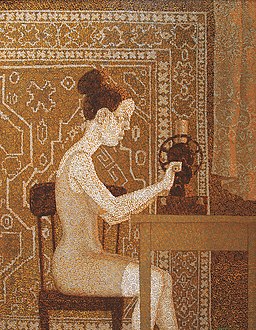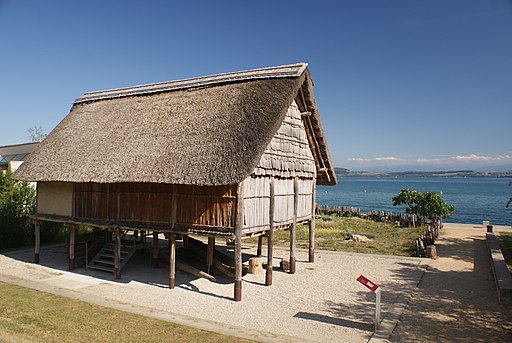Imagine the splendid freedom of being able to make your clothes be whatever you wanted. It’s something I’ve wanted to be able to do for ages. But while I’ve made a few ill-fated sorties in that direction, I never really got anywhere, and only recently did I realize why that was.

The problem, I found, is that most books on sewing (of which I have several) are more or less an archive of techniques. Undeniably useful, but one cannot wear techniques. I needed something which would take me step by step from simple to complex – a road map, if you like.
The library books I browsed which were aimed at beginners sometimes aimed to do just that, but there was still a problem. To put it frankly, I wouldn’t wear anything in those books even if it did come out right.
This isn’t really their fault. I’ve aged out of their target audience, and, more to the point, I’ve never really worn what’s “in”. I don’t want to be mutton dressed up as lamb. I’d rather be hogget dressed up as… er, eccentric.

But most of the clothes I’ve seen in learn-to-sew books seem to mimic as closely as possible what you can get in the shops (sometimes “customized” with random bits sewn on or fraying or other laundry-problematic effects).
Of course, I can’t expect a book to be written for me, tailored to my own wardrobe wishes (as wonderful as that would be). So instead, I sat down and wrote a list of all the things I’d need to learn to do in order to make the kind of garment I want to wear. Seams and sleeves and set-in pockets and what have you.
And then I did a bit of research and figured out what simpler garments use those skills, adding another skill here and another one there.
The result: a list of ten projects to see me through a year from “sew a hem” to “sew a dress.”

At the end of each month, I’ll report back on what I did, how it went, and what I learned. And I’d love to hear from you, whether in a comment or in a link to your own posts.
Don’t let a paucity of resources stand in your way. Not having the largest budget in the world myself, I’m mostly going to be using what I’ve already got: odd bits of fabric, old clothes, recycled or thrifted sheets, and my trusty cast-iron hand-crank sewing machine (which I must remember to oil before I start).

Now, some of you are probably wondering what’s with the title of this post (and, indeed this series). The more obvious names were already in use, so I decided I’d go for something rather more eccentric, playing off the culinary phrase “skilly and duff” – skilly being a savoury gruel and duff being a dumpling to boil in it, and the whole being the sort of thing a swashbuckling seafarer would eat.

So, starting at the very beginning (a very good place to start, I am reliably informed), in January I will be making a kerchief or bandanna.
Skills: measure, cut, and hem. Bring on the hypotenuse.





